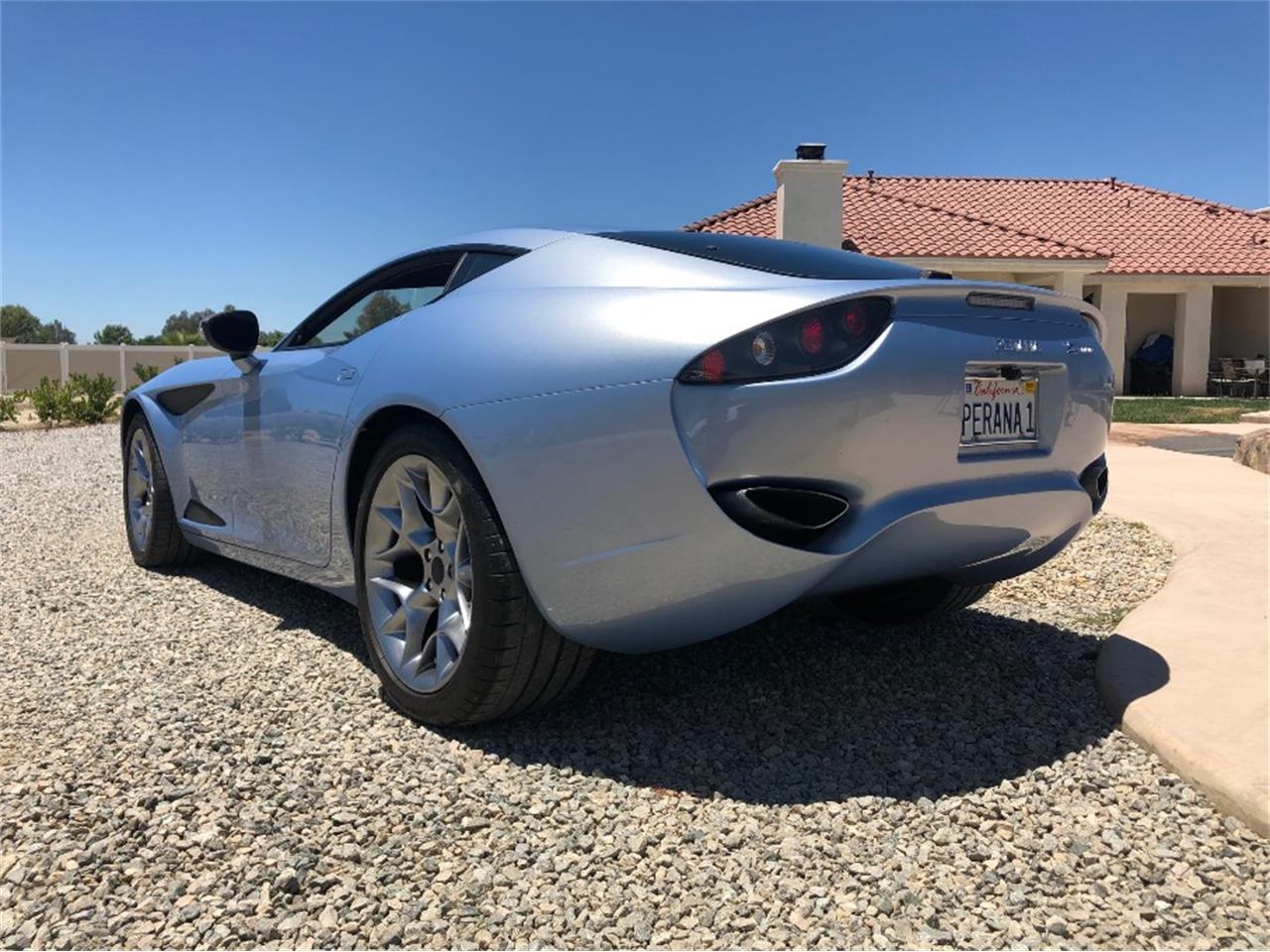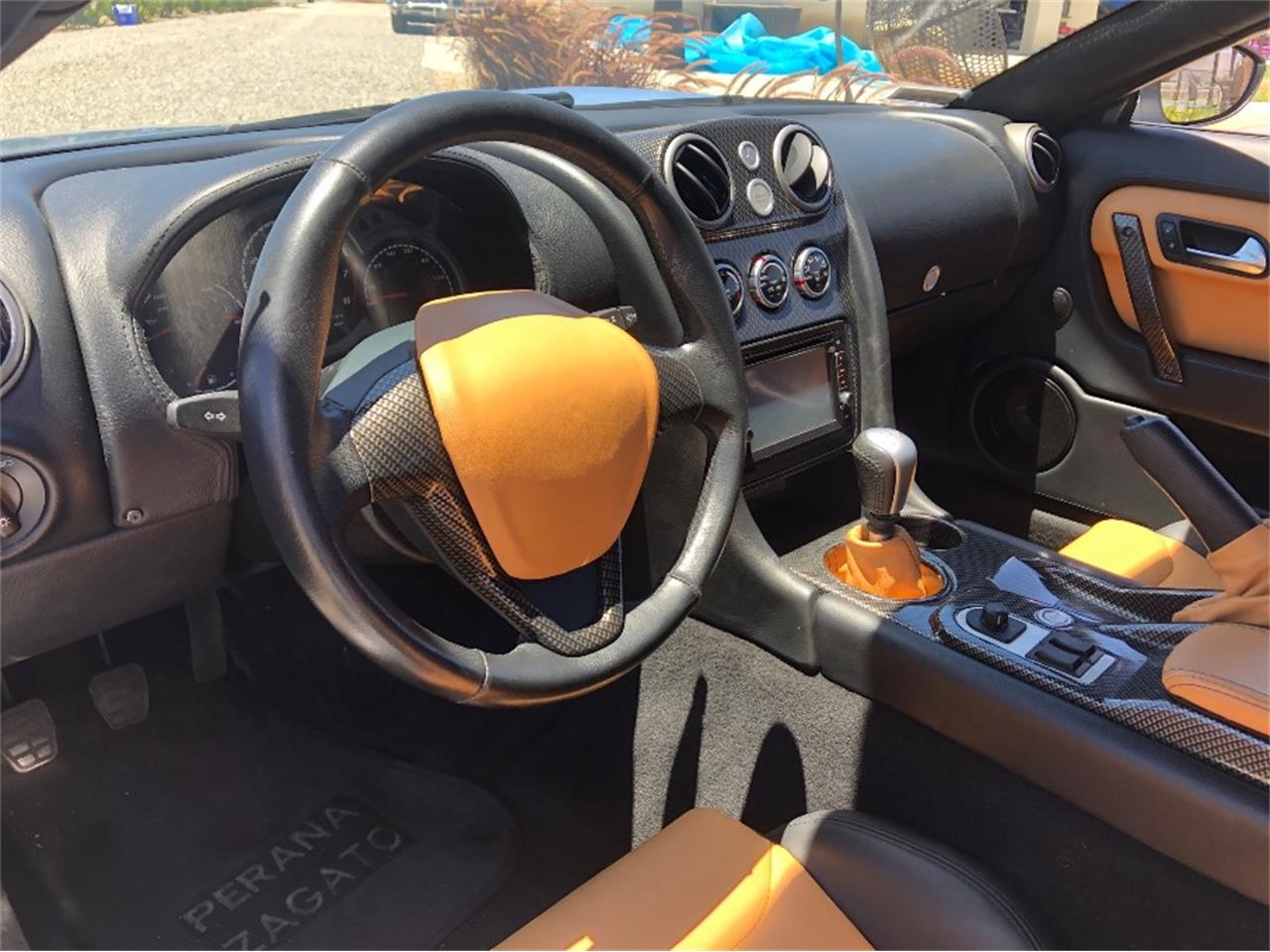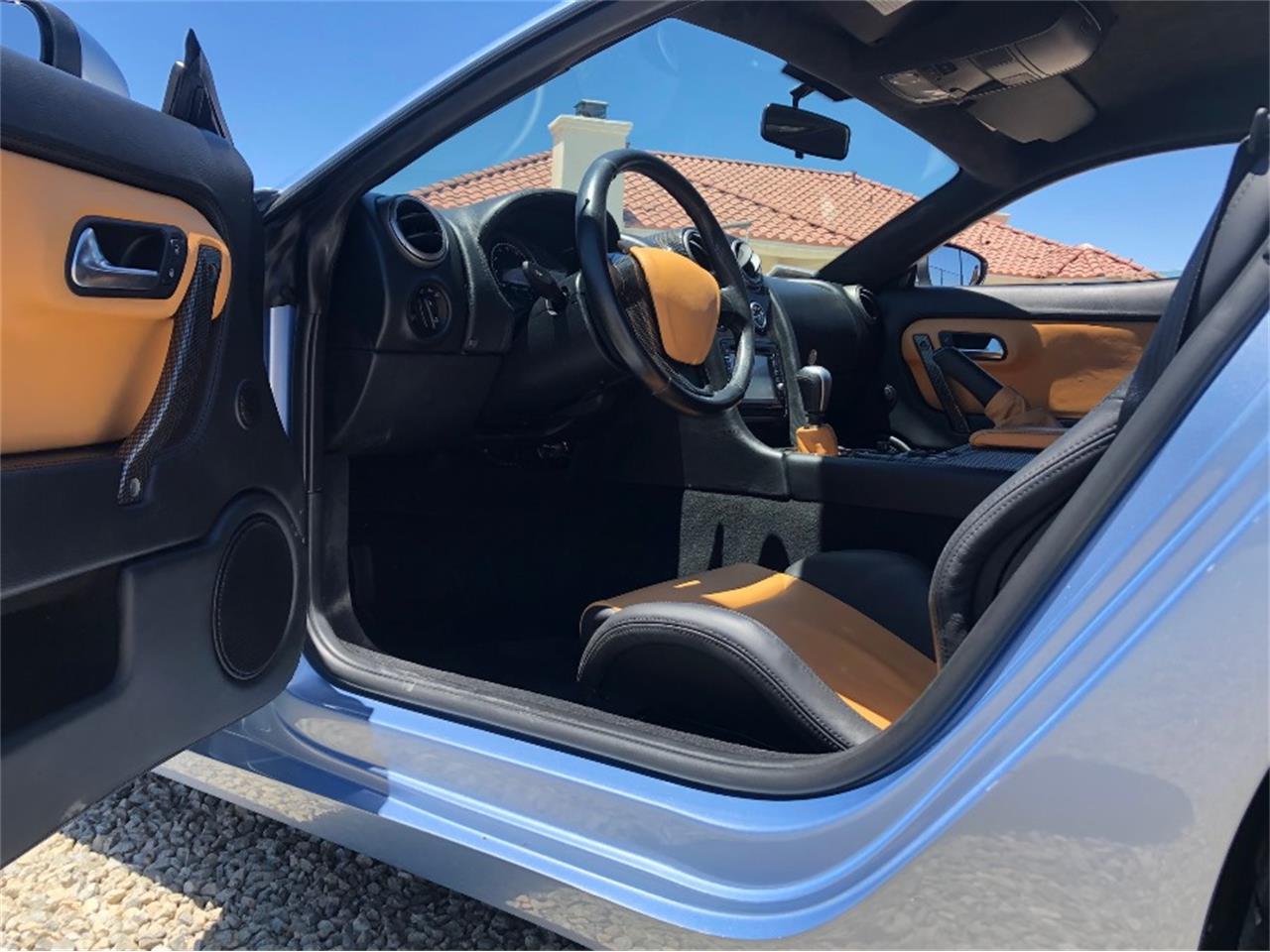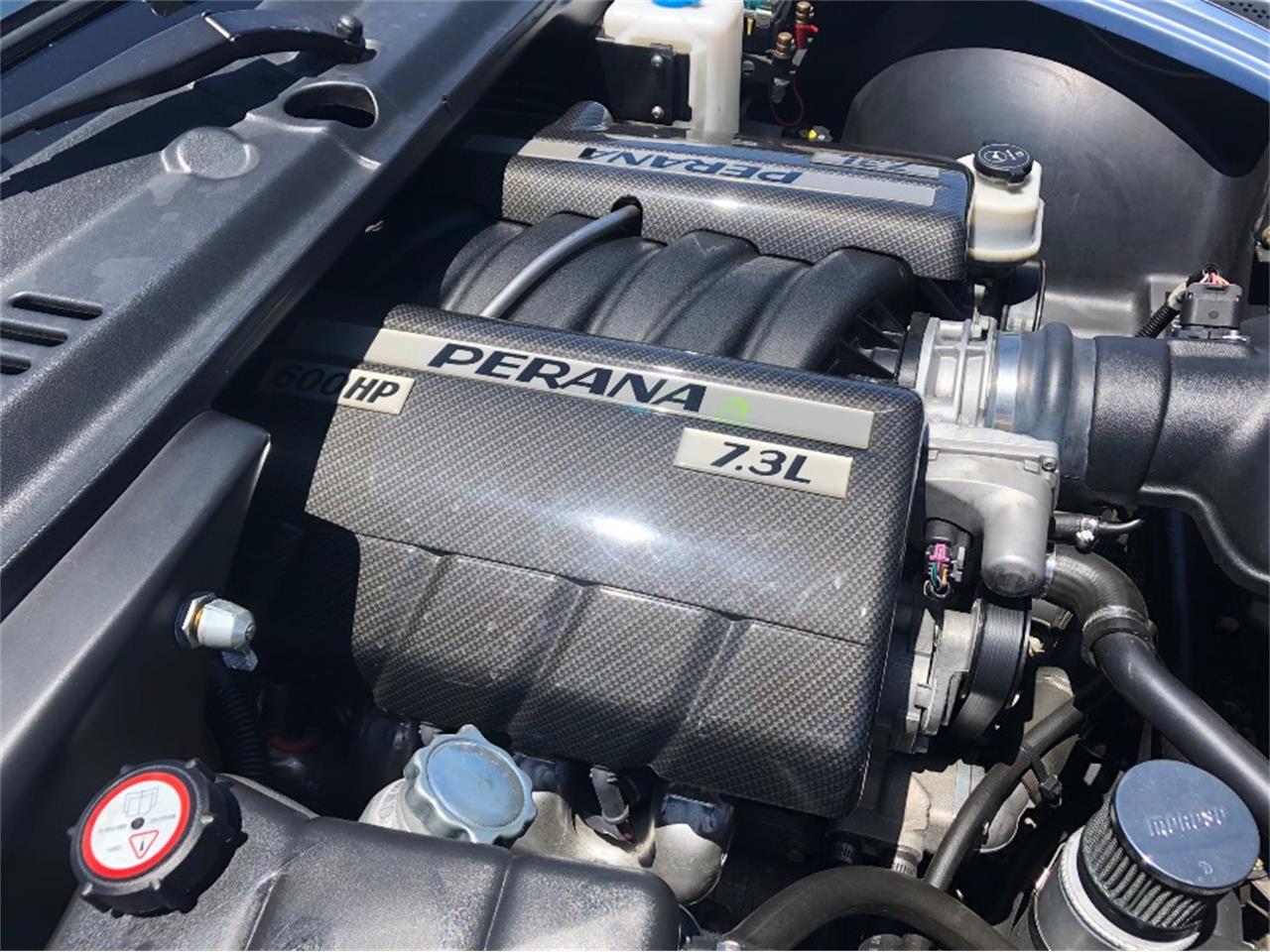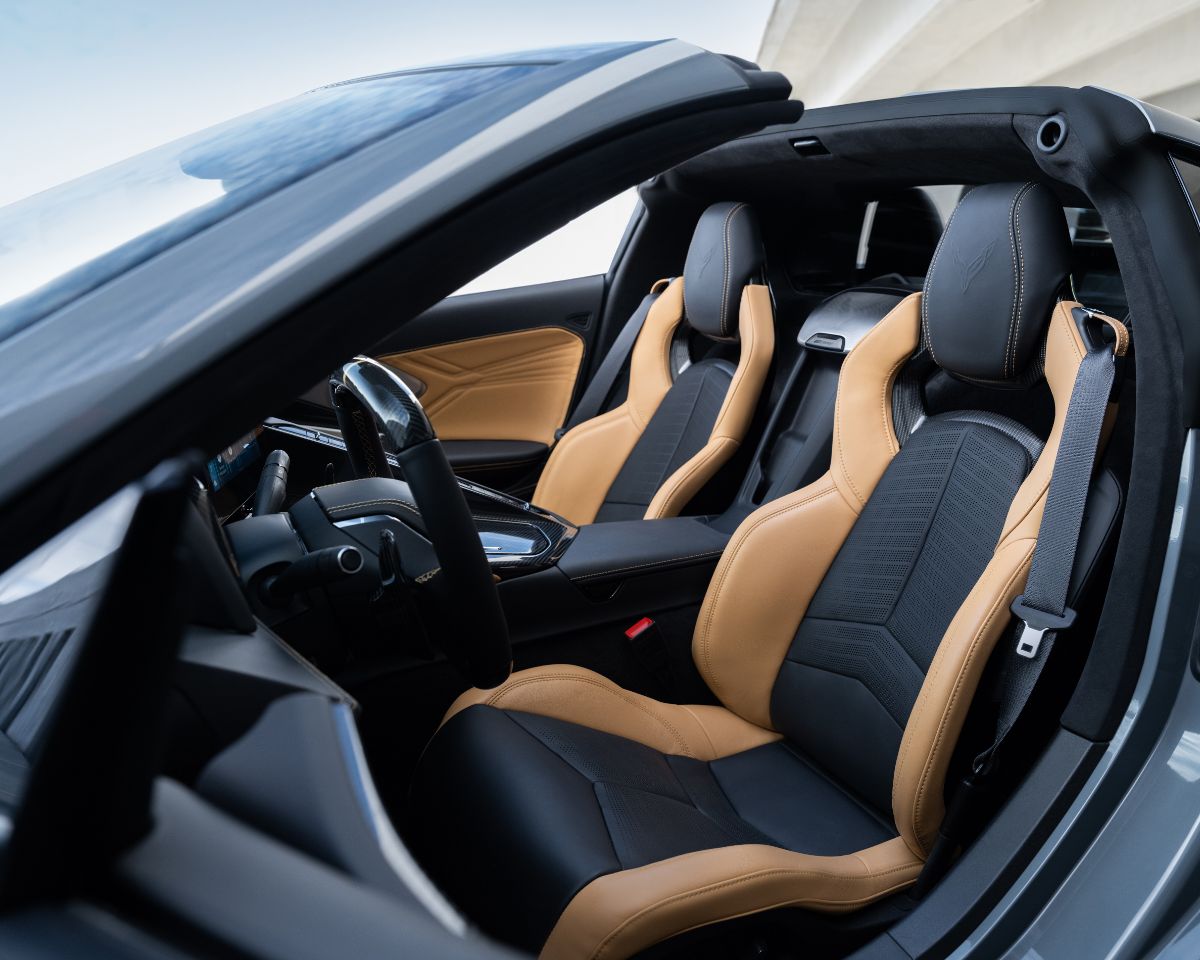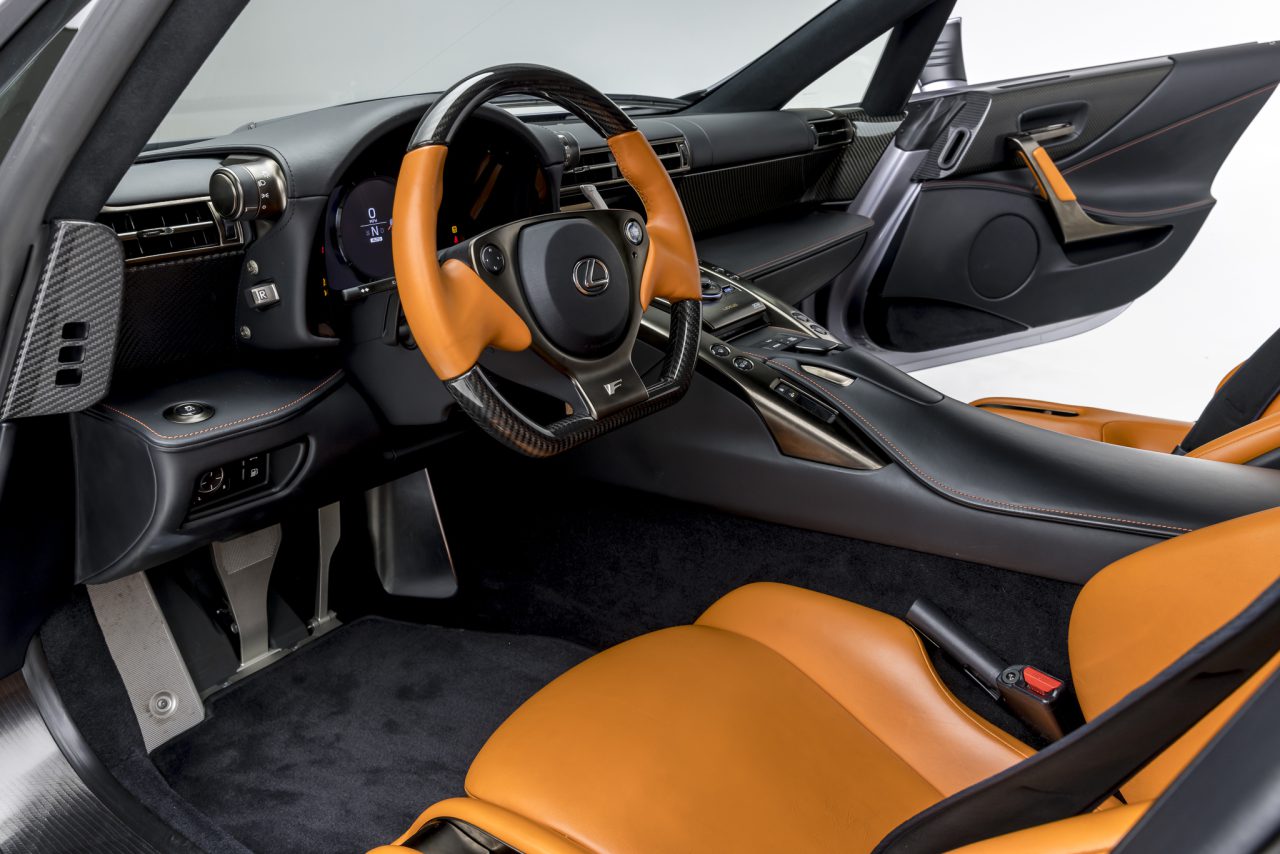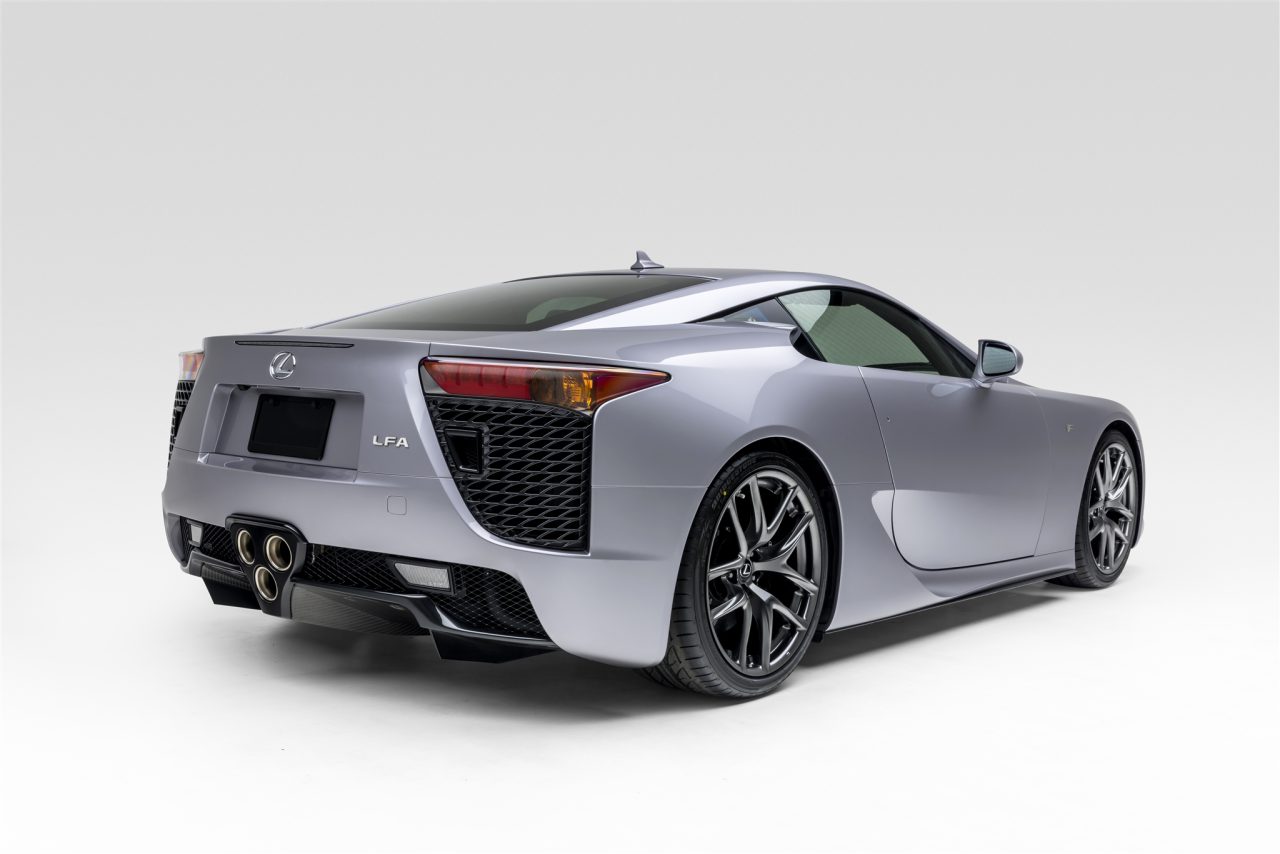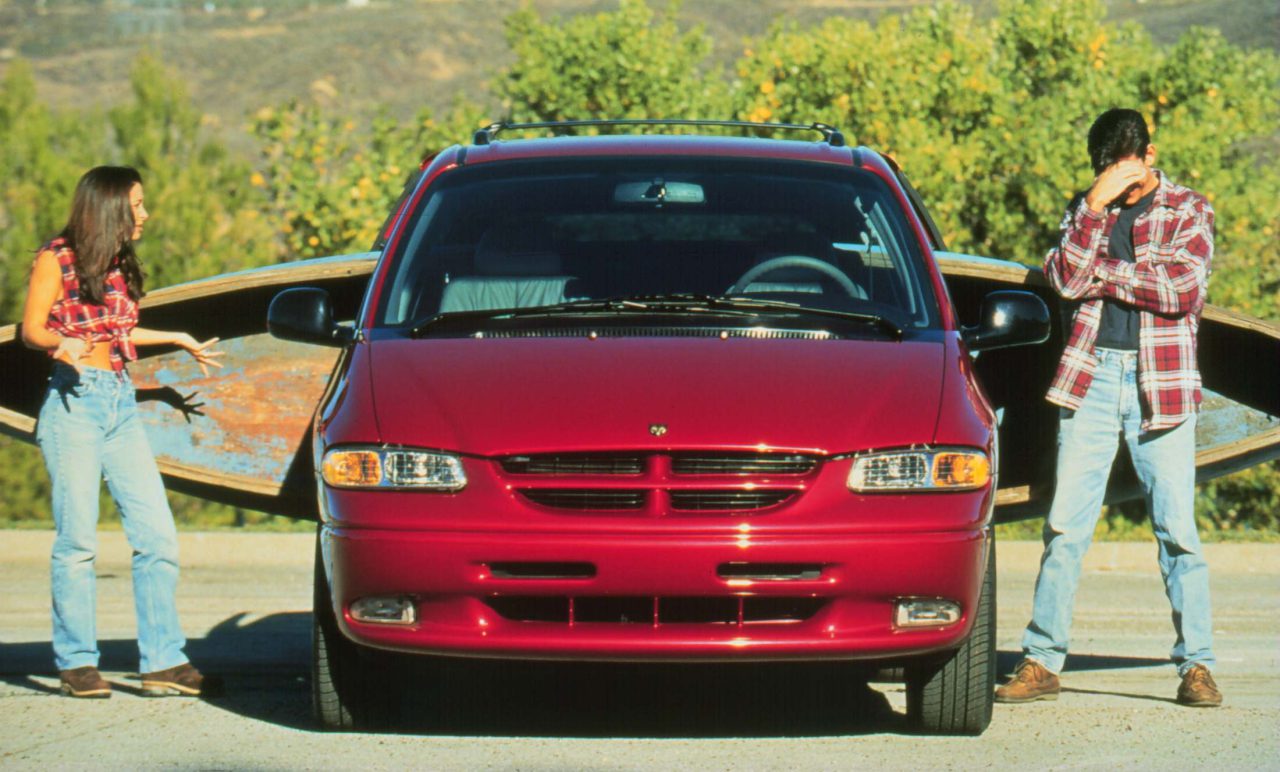The bond between a car and its owner usually develops over years of driving and thousands of miles logged on highways, back roads, and around town. For car enthusiasts, it’s a relationship that stretches beyond man and machine, a bond forged over countless hours and long-lasting trips. But what happens when the classic car history has already been written by someone else? When the miles have been added to the odometer over twisting roads and interstates. What does a car enthusiast do when they want to understand where a car came from before they set out on their own unique journey?
To understand a car’s history, you must start with a vehicle identification number (VIN) lookup. A classic car VIN lookup is essential to understanding a car’s history from maintenance to purchase history to emissions records. A classic car VIN check is the easiest and simplest way to understand whether the price you’re about to pay for a classic car makes sense.
A VIN check tells the story of a car’s history. Whether it’s a pre-owned vehicle with low miles or a vintage car that requires some TLC, an owner should always research a car before making a purchase. Imagine the headaches that could be saved by doing a VIN lookup and seeing a lack of maintenance records or a safety recall that’s outstanding. With used car prices still higher than pre-pandemic levels, it’s more important now than ever to fully understand the history of a used or classic car.
For buyers looking into a classic car purchase, consider looking at cars listed at A better bid car auction and SCA auto auction. Registering on these sites allows you to receive up to 50 EpicVIN reports for free. This can be invaluable considering the rarity and expense of a classic car.
The History of the VIN
Starting on January 1, 1969, any car manufactured in the United States or manufactured overseas and imported to the U.S. required a VIN. On most cars, the standard VIN is 17 characters in length and is used as your car’s DNA strand or marker to separate it from the thousands of other cars on the road. However, some classic cars or older cars, in general, will have a VIN that can be anywhere from 11 to 17 characters in length.
Located on the bottom of the windshield or near the door jamb on most cars, the VIN is easy to locate on a modern car. In addition to properly marking your vehicle, a VIN decoder can help an owner understand more about the car, including the automobile’s unique features or the vehicle’s specs when it was first manufactured in the United States or overseas.
What makes a VIN unique is all the information it contains. By using a VIN decoder, you can understand where a car was manufactured – VIN’s starting with 1, 4, or 5 were built in the United States, for example, while ‘J’ signifies a car built in Japan. You can even see whether there are recalls on the vehicle that would pose safety risks while driving. A VIN lookup is essential to the car-buying process.
While not all classic cars have a VIN history report, many still do, and it’s always important to start your background search with a VIN search whenever possible.
In Steps EpicVIN
Approved under the National Motor Vehicle Title Information System (NMVTIS), EpicVIN can ease the stress of purchasing a used car thanks to an extensive database of information. EpicVIN currently allows prospective buyers to see critical information about a car’s history, including ownership history, current odometer readings, open safety recall checks, title history, sales history, and major title brand checks, among other information. It also allows users to see a classic car’s VIN history.
So how does a prospective buyer use a free tool to look up an old VIN and review a classic car’s history? At EpicVIN, users can type in the VIN and hit ‘search.’ If there is no VIN, a free tool on the site called ‘License Plate Lookup for Car Shoppers’ allows users to see key data by entering a license plate number and hitting ‘Check Plate.’ This feature is especially important when considering a vintage car, as older, rare vehicles don’t always have a VIN. In addition to a license plate lookup feature, EpicVIN offers a Chrome Extension that helps customers find the most important information on any website. This tool allows users to see when and where a car was sold, the price, and the full vehicle history.
What separates EpicVIN from its competition is the way the reports are delivered. Unlike most sites that provide a text-only report, EpicVIN offers its reports with key visuals that help users better understand the information within the report. So, when doing a vintage VIN lookup on a classic car history report, you’ll get the key information displayed prominently to help you better understand the vehicle’s VIN history.
Users can be sure that EpicVIN’s information is accurate as the data reported is constantly updated and refreshed within the system to provide accurate information and peace of mind.
With a tool like EpicVIN, classic car buyers can feel safe knowing their purchase decisions are backed by accurate car history information. Find out purchase history, previous owners, accident history, and more to ease any second thoughts about starting a new journey in a classic car.
Act today and receive a 25% off your first order at EpicVIN with the promo code ClassicCars.

